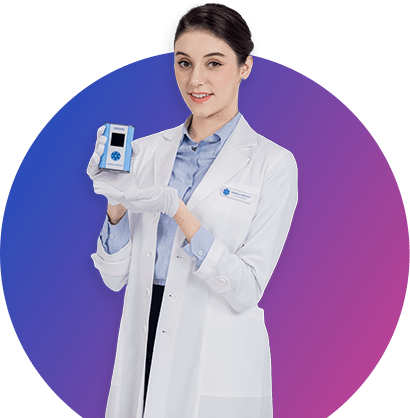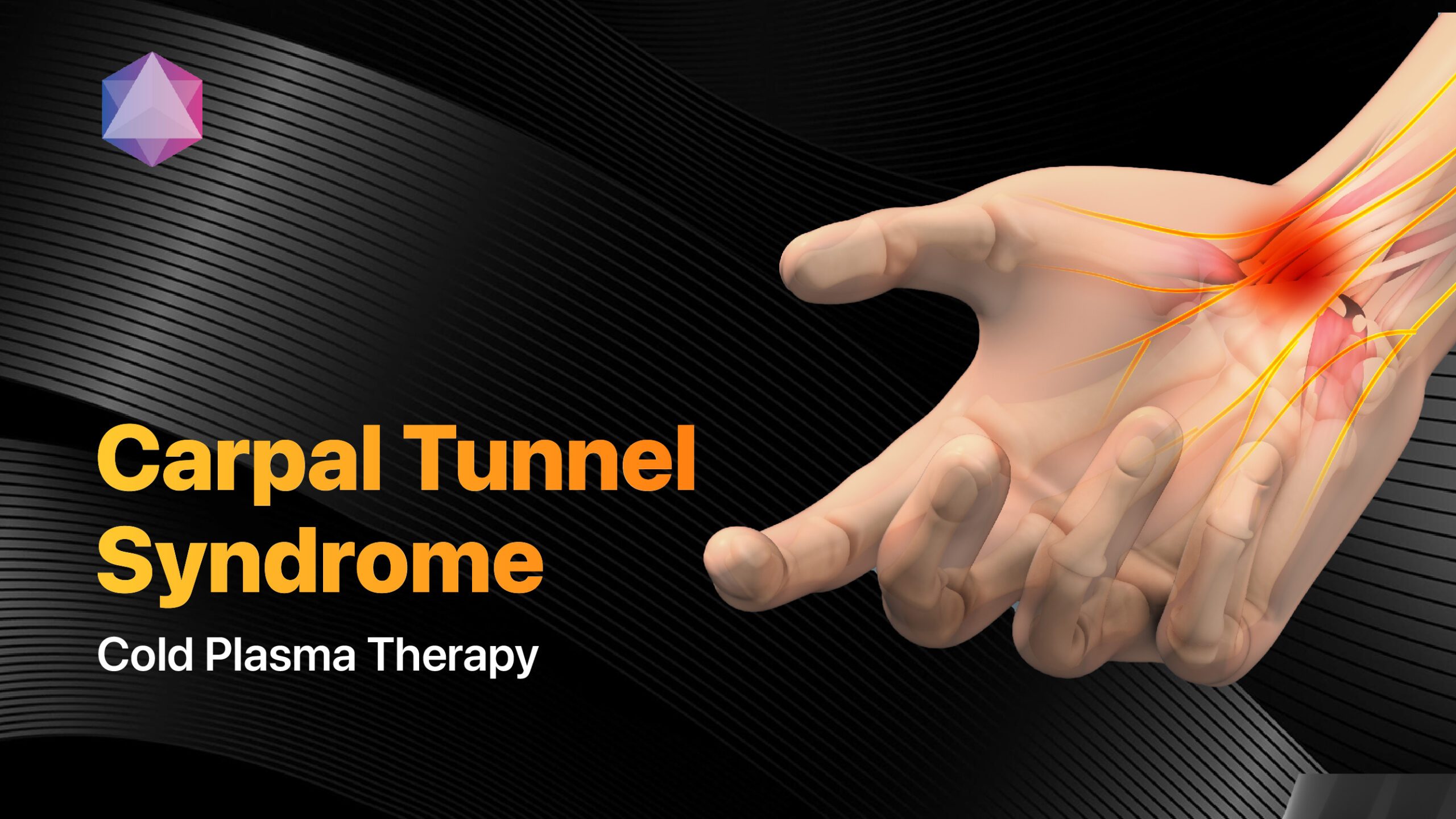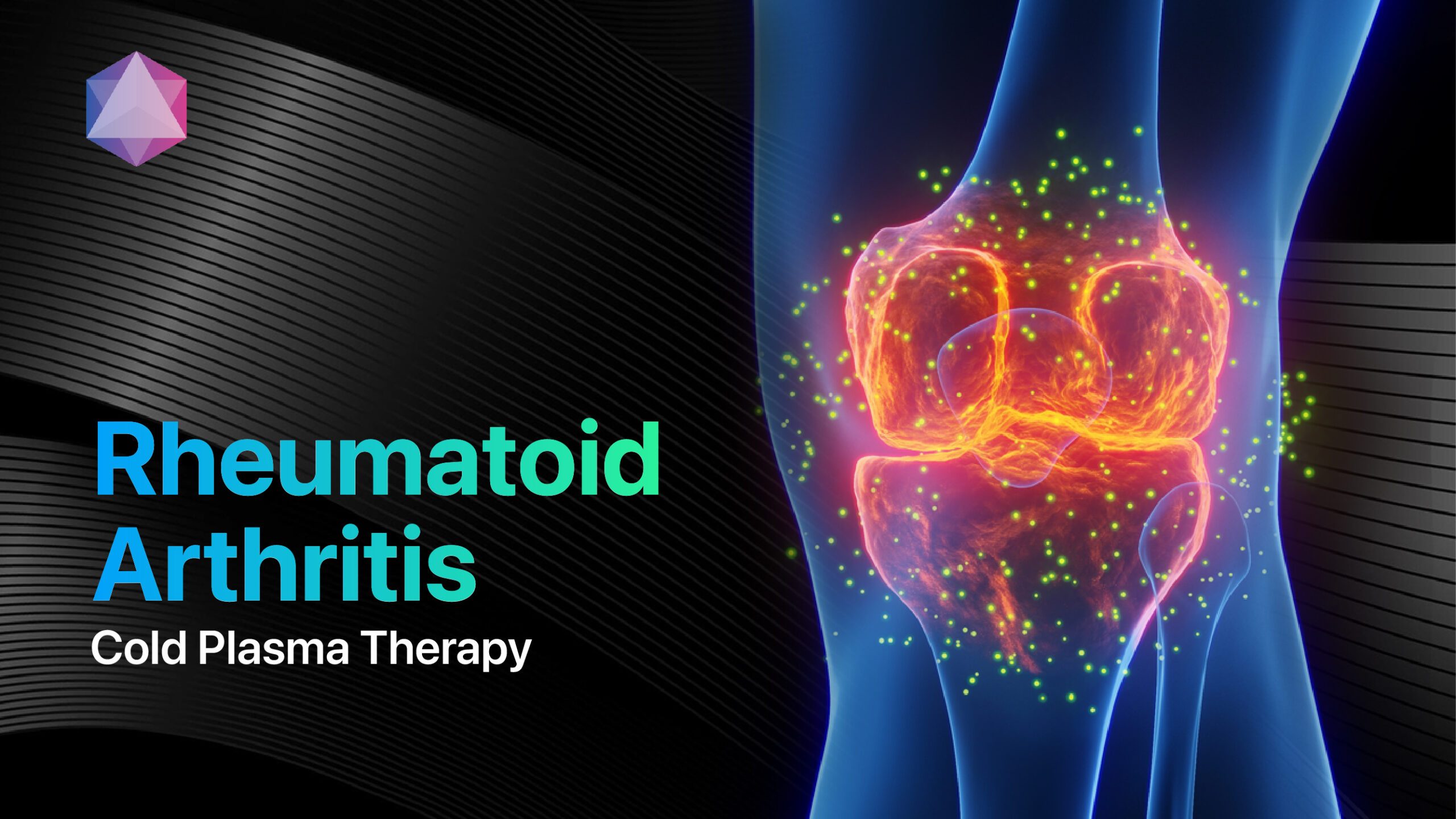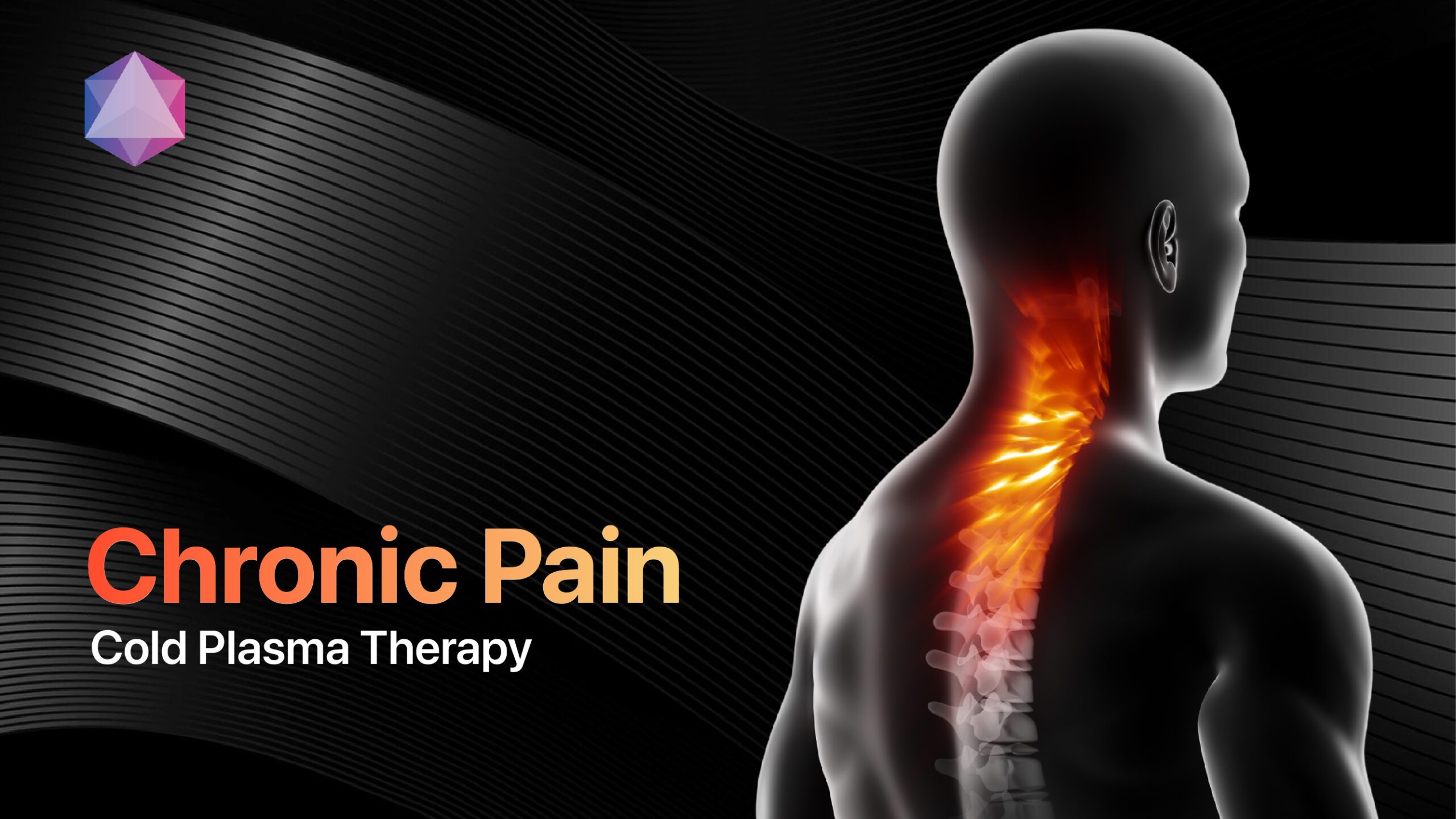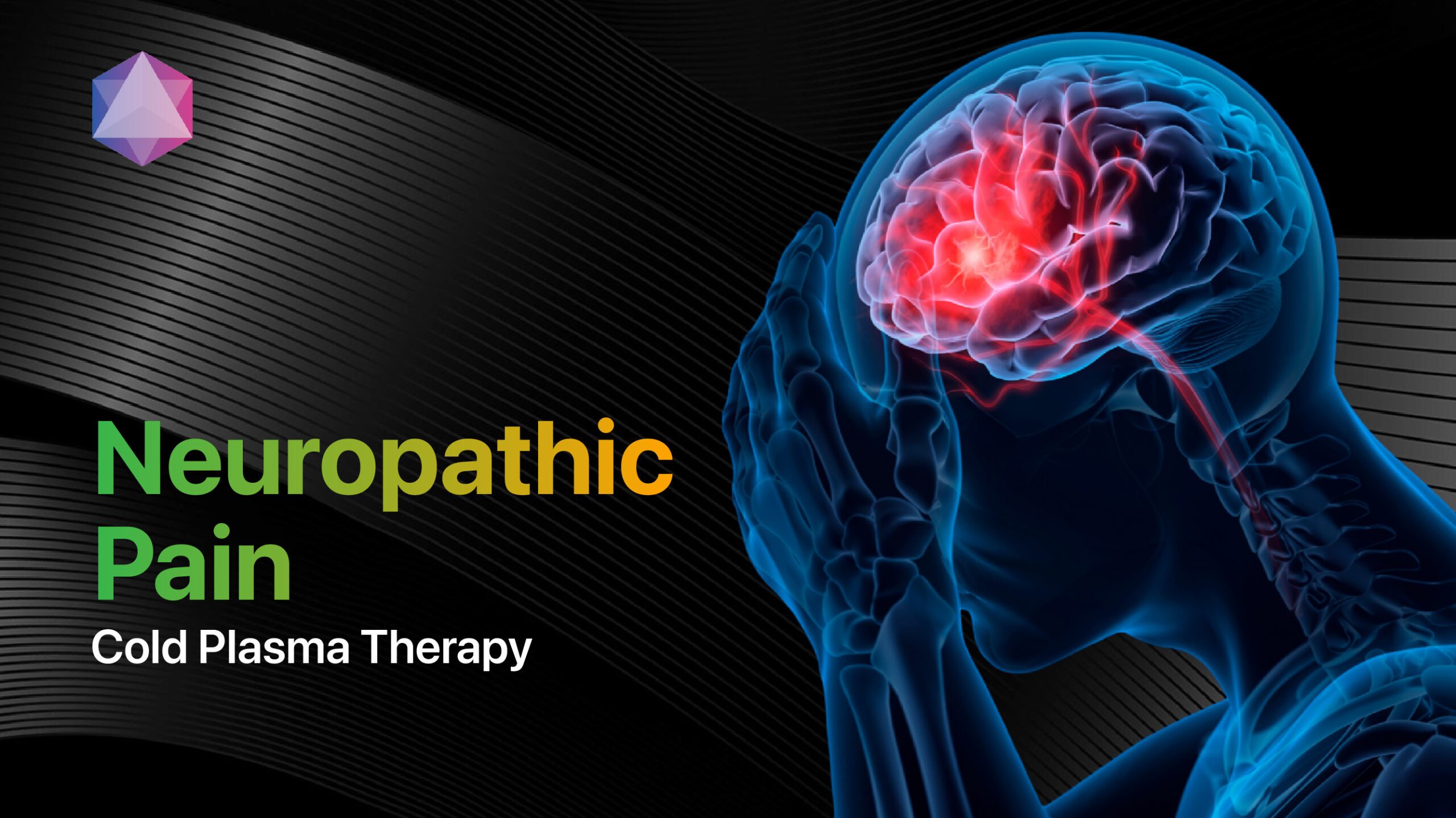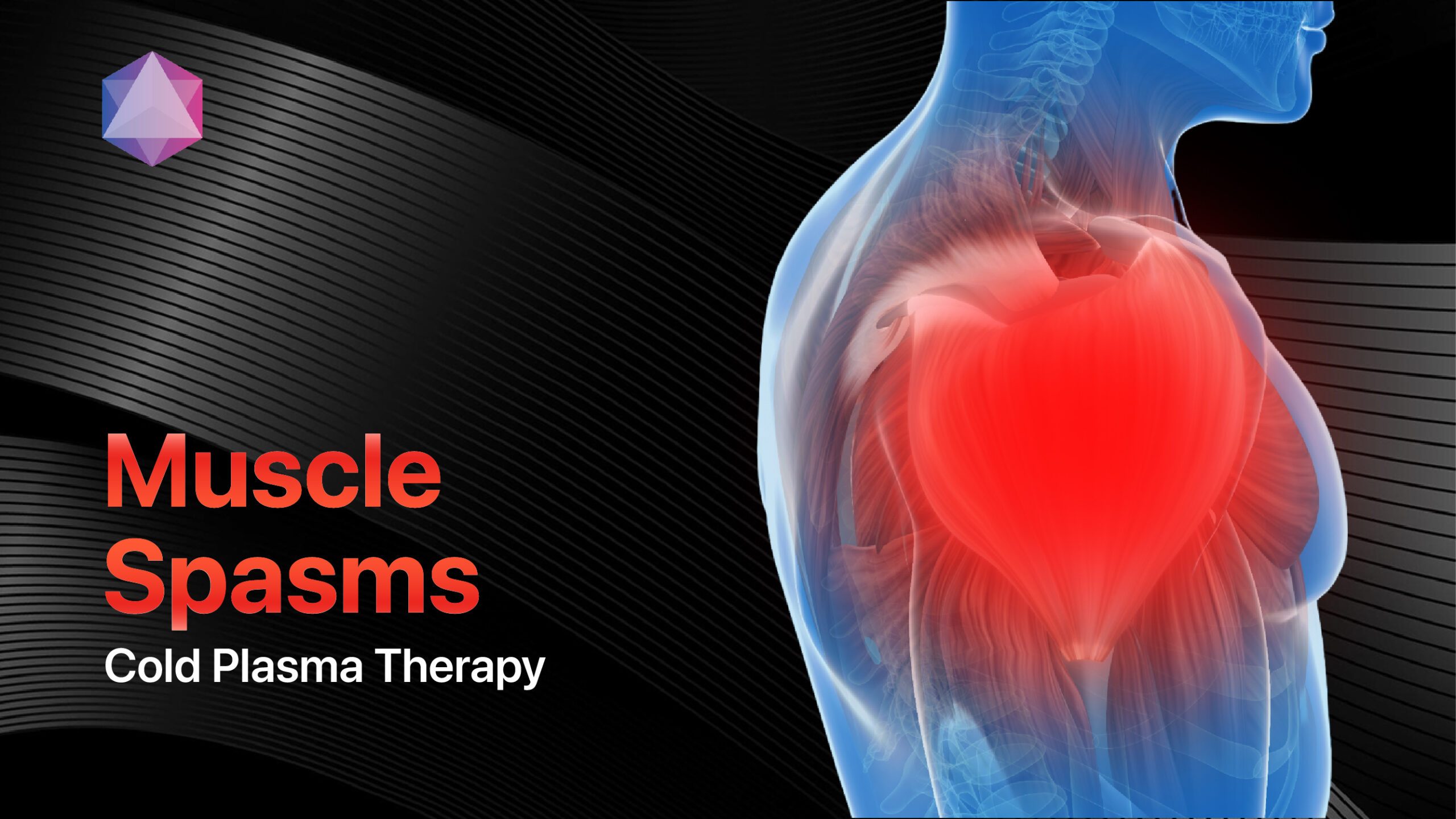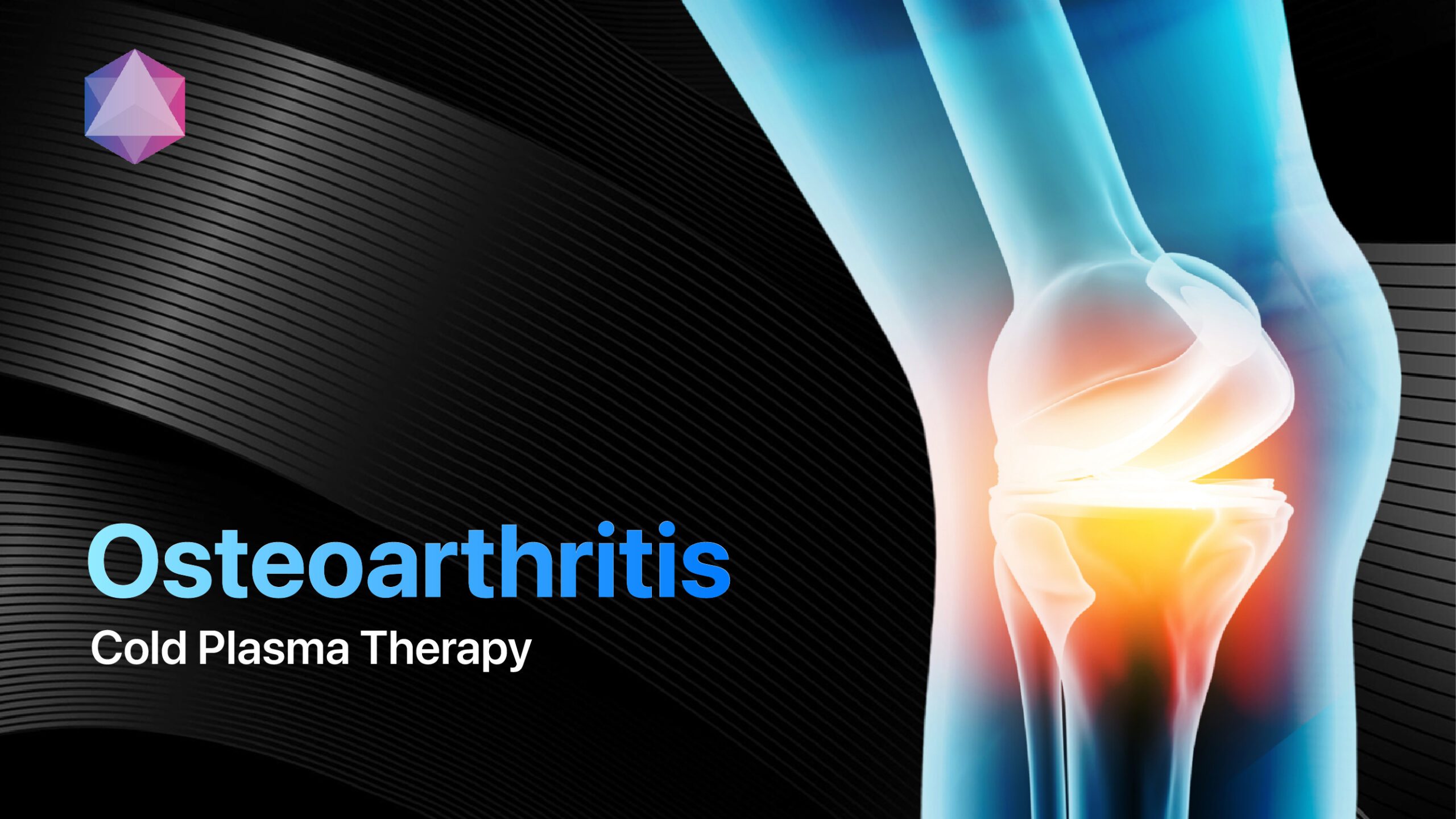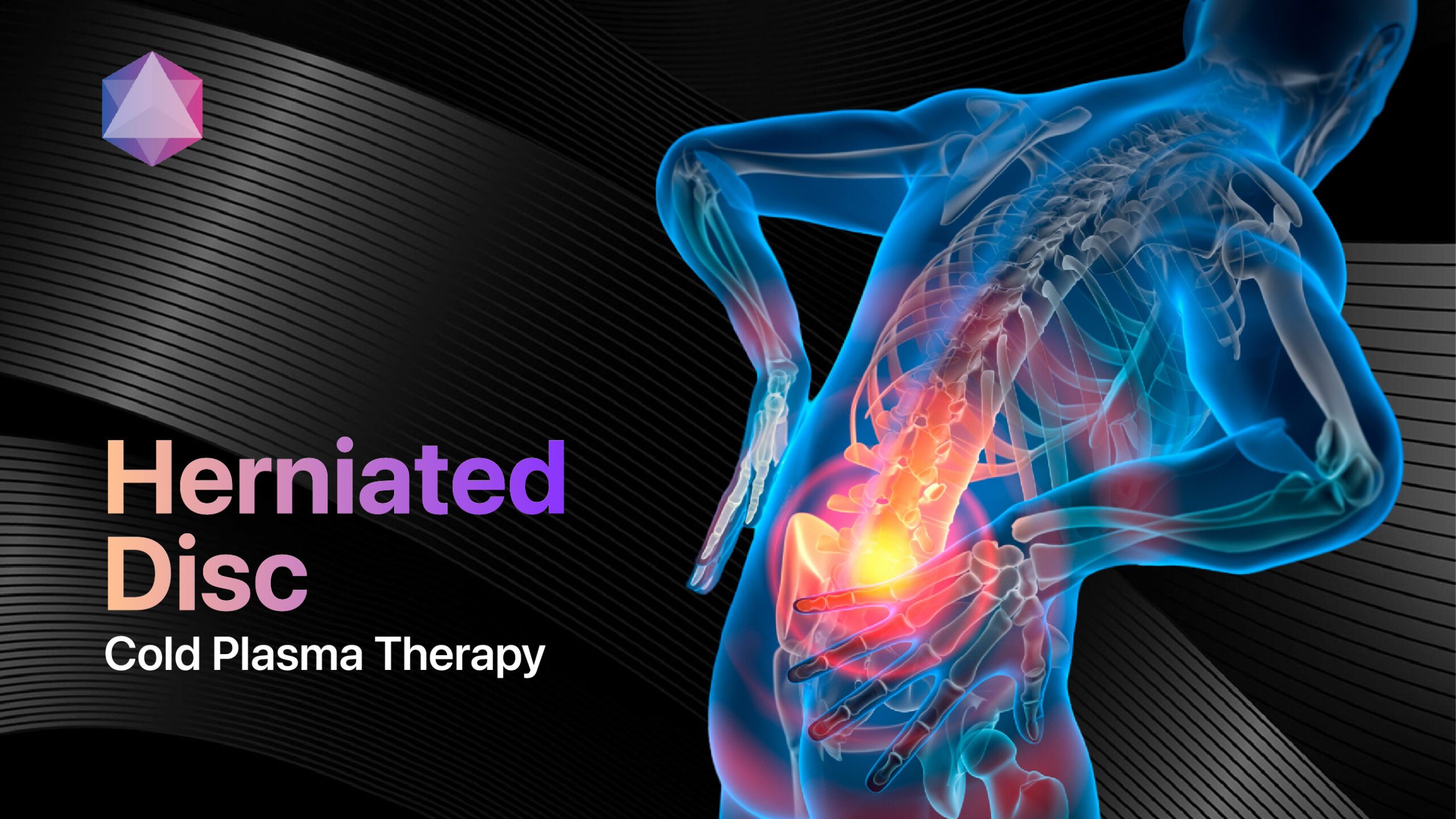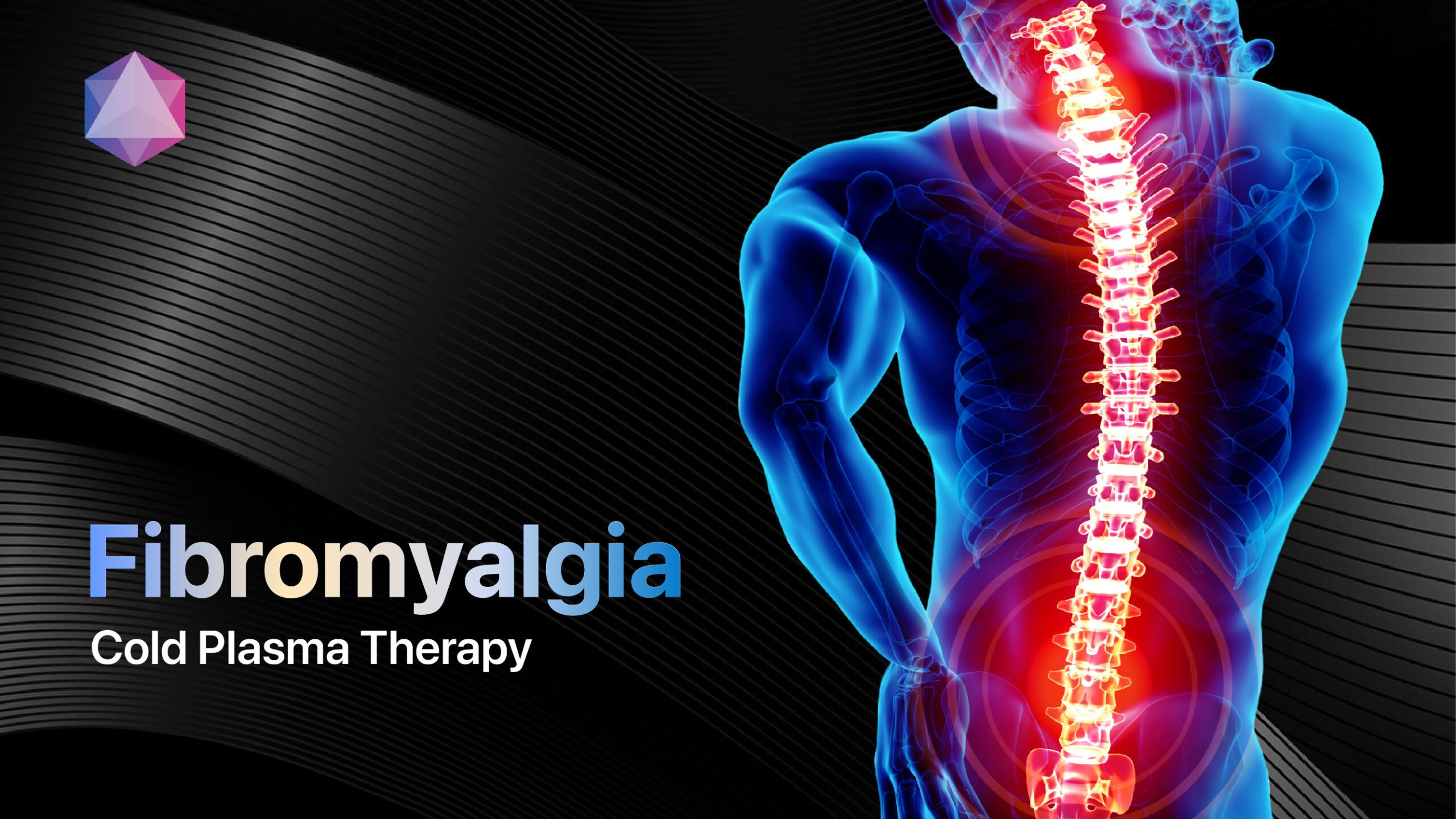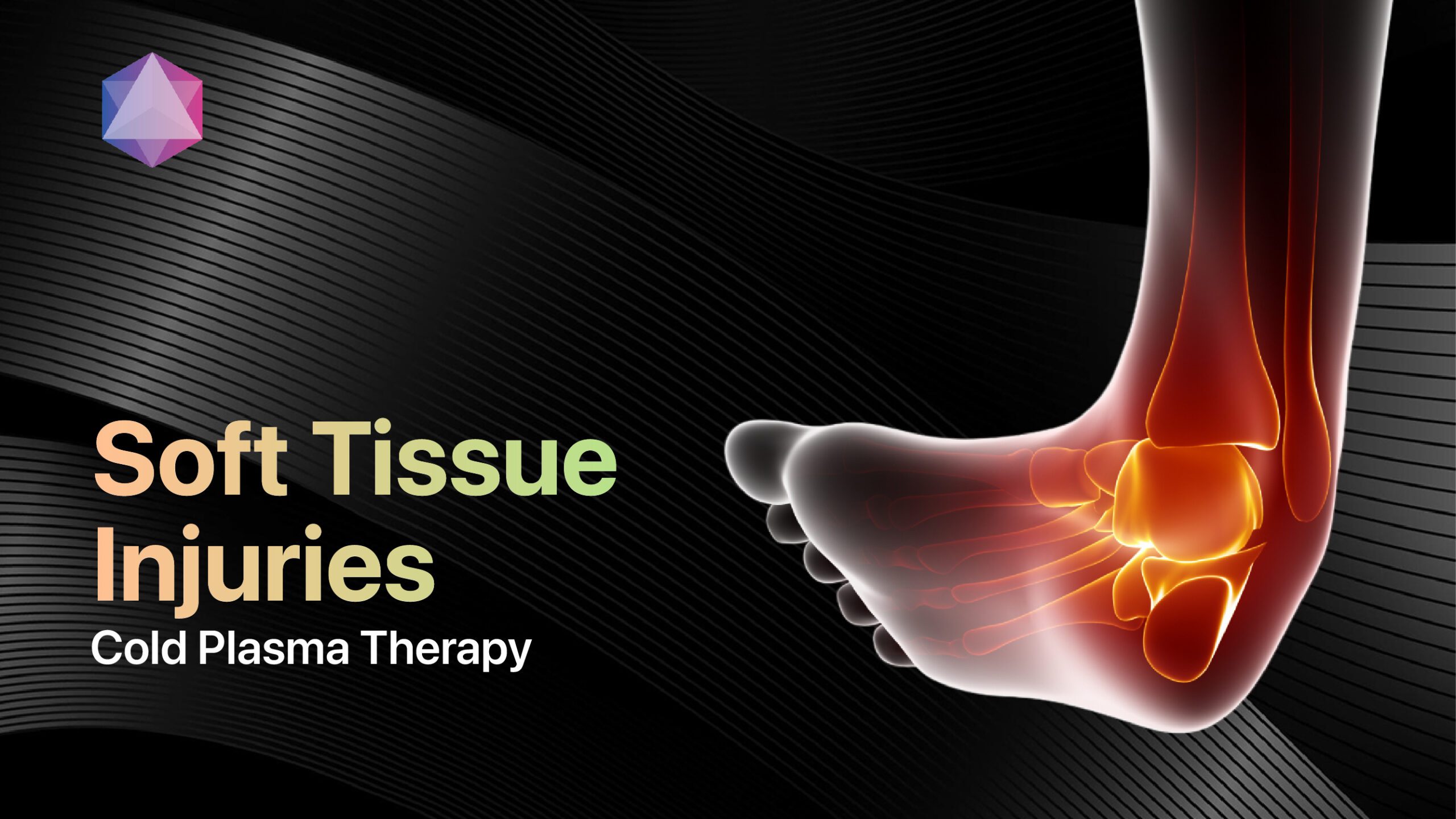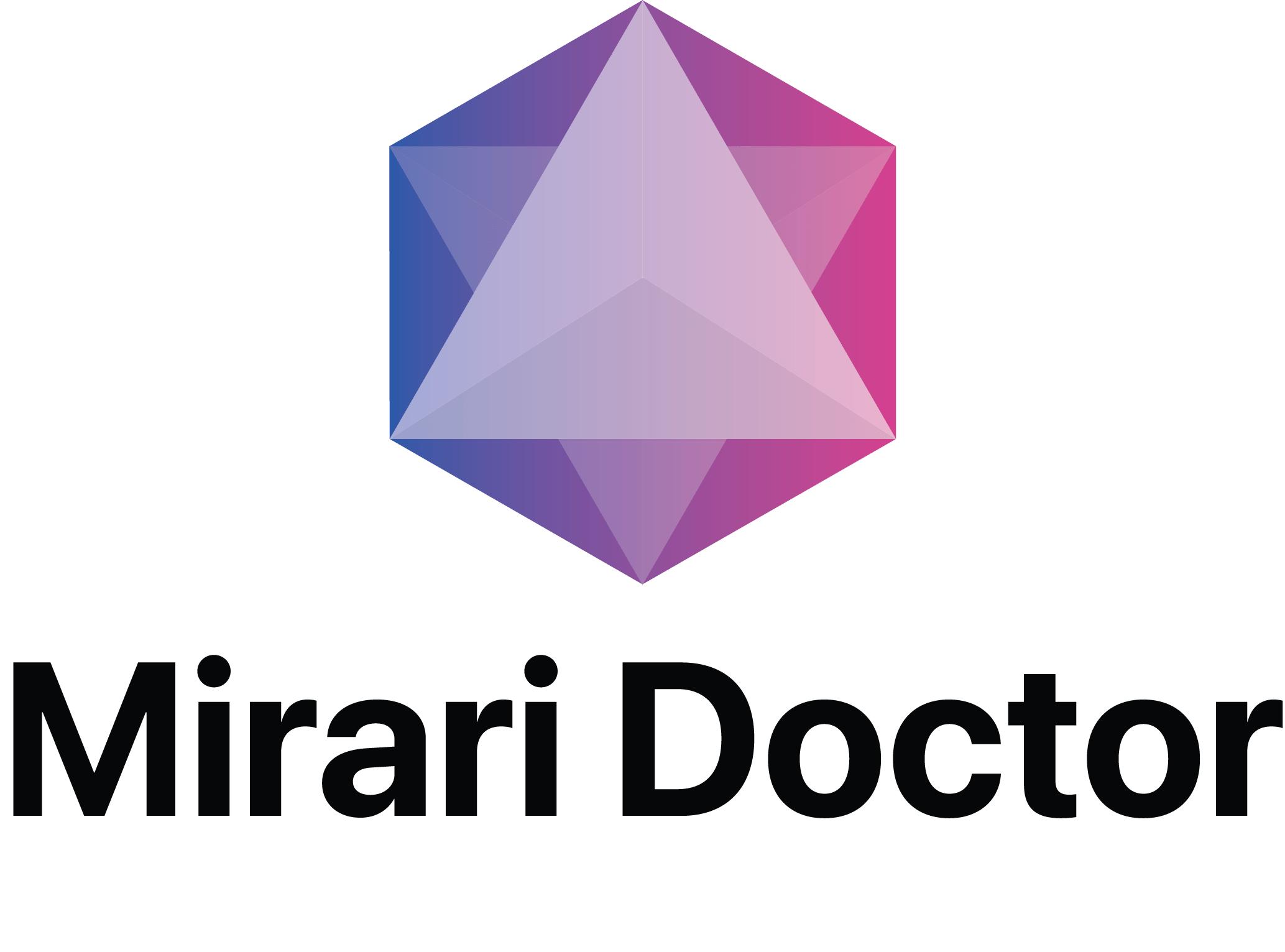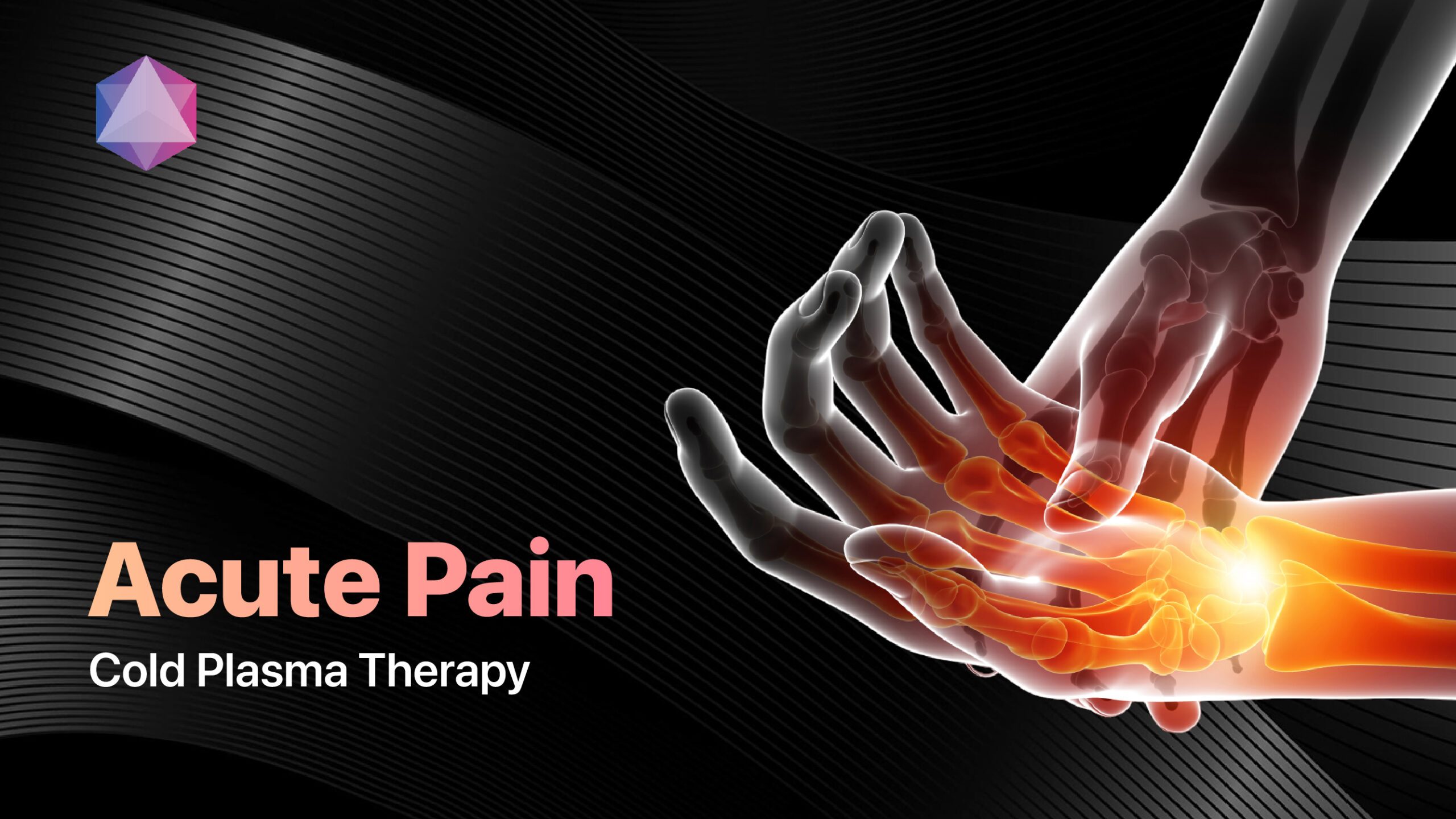
Acute painaffects millions of patients worldwide, representing one of the most challenging medical conditions for healthcare providers to manage effectively. Unlike chronic pain that persists beyond normal healing timeframes, acute pain serves as the body’s immediate response to injury, surgery, or tissue damage, typically lasting from minutes to several weeks[1]. With the recent FDA approval of novel non-opioid treatments and revolutionary cold plasma technologies, the landscape of acute pain management is undergoing a dramatic transformation that promises safer, more effective patient outcomes.
The urgency surrounding effectiveacute paintreatment has intensified following the opioid crisis, with healthcare providers desperately seeking alternatives to traditional pharmaceutical approaches. The January 2025 FDA approval of suzetrigine (Journavx) marks a significant milestone as the first new class of non-opioid analgesics in decades[1]. Simultaneously, innovative medical devices like the Mirari Cold Plasma System, developed by General Vibronics and commercialized by Mirari Doctor, are revolutionizing how clinicians approach pain management through non-invasive, drug-free therapeutic interventions.
Understanding Acute Pain: Pathophysiology and Clinical Manifestations
What constitutes acute pain and why does it matter?
Acute painrepresents a complex physiological response designed to protect the body from further harm by signaling tissue damage or potential injury. This protective mechanism involves a sophisticated network of neural pathways, from peripheral nociceptors to central nervous system processing centers[5]. The intensity and duration of acute pain directly correlate with the extent of tissue damage and the body’s inflammatory response.
Healthcare providers recognize that inadequately managedacute paincan lead to serious complications, including delayed healing, increased risk of chronic pain development, and significant psychological distress. More than half of patients undergoing surgery report moderate to severe pain when discharged from hospitals, highlighting the critical need for effective pain management strategies[5].
The economic burden of acute pain extends beyond immediate treatment costs, encompassing lost productivity, emergency department visits, and long-term healthcare utilization. Patients with inadequately treated acute pain frequently seek emergency care, creating resource-intensive scenarios that strain healthcare systems while increasing costs for all stakeholders[5].
Neurophysiological Mechanisms of Acute Pain Processing
The transmission ofacute paininvolves four distinct phases: transduction, transmission, modulation, and perception. During transduction, noxious stimuli activate peripheral nociceptors, generating electrical signals that travel through primary afferent fibers to the spinal cord[6]. This initial phase represents a critical intervention point where advanced therapies can modulate pain signals before they reach central processing centers.
Transmissionoccurs as pain signals ascend through the spinothalamic tract to reach the thalamus and ultimately the cerebral cortex. The modulation phase involves complex interactions between excitatory and inhibitory neurotransmitters in the dorsal horn of the spinal cord, where therapeutic interventions can significantly influence pain perception[6].
Understanding these mechanisms has led to the development of targeted therapies that address specific components of the pain pathway, offering more precise and effective treatment options for patients experiencing acute pain conditions.
Current Acute Pain Treatment Landscape and Limitations
Why traditional approaches fall short in acute pain management
Conventionalacute painmanagement has relied heavily on pharmacological interventions, particularly opioids, NSAIDs, and acetaminophen. While these medications provide symptomatic relief, they often fail to address underlying tissue damage and healing processes that contribute to persistent pain[4]. The opioid crisis has highlighted the significant risks associated with traditional pain management approaches, including addiction potential, respiratory depression, and overdose deaths.
The recent FDA approval of suzetrigine represents a breakthrough in non-opioid acute pain treatment, offering a new mechanism of action that targets specific sodium channels in the peripheral nervous system[1]. This first-in-class medication provides moderate to severe acute pain relief without the addiction risks associated with opioids, though its long-term safety profile requires continued monitoring.
Regional anesthesiaand nerve blocks offer effective alternatives for specificacute painconditions, particularly in post-surgical settings. However, these interventions require specialized expertise, carry risks of complications, and may not be suitable for all patients or clinical scenarios[3].
Emerging Non-Pharmacological Approaches
Healthcare providers increasingly recognize the value of non-pharmacological interventions foracute painmanagement. These approaches include physical therapy, cognitive-behavioral therapy, and innovative medical technologies that address pain through non-invasive mechanisms[20].
Cold plasma therapyrepresents one of the most promising non-pharmacological approaches, utilizing ionized gas at room temperature to modulate pain pathways and promote tissue healing. Clinical studies demonstrate that cold plasma treatment can reduce pain intensity by 30-50% in various acute pain conditions[6].
The integration of multiple treatment modalities, known as multimodal analgesia, has emerged as the gold standard for acute pain management. This approach combines pharmacological and non-pharmacological interventions to optimize pain relief while minimizing side effects and complications.
Revolutionary Cold Plasma Technology for Acute Pain Relief
How cold plasma transforms acute pain treatment outcomes
Cold plasma technology represents a paradigm shift inacute painmanagement, offering patients a non-invasive, drug-free alternative that addresses both symptom relief and underlying tissue repair mechanisms. The Mirari Cold Plasma System, developed by General Vibronics and available through Mirari Doctor, received FDA clearance in November 2024, marking a significant milestone in validating this innovative approach for medical use[7].
The technology generates controlled levels of reactive oxygen and nitrogen species (RONS) that interact with damaged tissues to promote healing while simultaneously modulating pain pathways[7]. Unlike thermal treatments that risk tissue damage, cold plasma operates at room temperature, ensuring patient safety while delivering therapeutic benefits.
Clinical evidence supporting cold plasma therapy foracute painmanagement continues to accumulate, with studies demonstrating significant pain reduction in various conditions. Research involving burn patients showed pain levels decreasing from 28.4% during treatment to 7.5% after treatment, with 56.9% of treatments resulting in complete pain relief[18].
Scientific Mechanisms Behind Cold Plasma Pain Modulation
The therapeutic effects of cold plasma inacute paintreatment involve multiple interconnected mechanisms that work synergistically to provide comprehensive pain relief. The technology directly influences neural transmission at the cellular level, altering ion channel dynamics and reducing pain signal transmission to the brain[6].
- Nitric oxide productionrepresents a key mechanism through which cold plasma provides pain relief. The technology significantly increases endothelial nitric oxide synthase (eNOS) expression, leading to enhanced NO production that affects neural signaling in pain pathways while promoting tissue regeneration[6].
- Anti-inflammatory effectsoccur through the controlled generation of reactive species that reduce tissue inflammation and swelling. This mechanism is particularly valuable in acute pain conditions where inflammation contributes significantly to pain sensation and tissue damage[12].
Technical Specifications and Clinical Applications
Advanced features of modern cold plasma systems
The Mirari Cold Plasma System incorporates sophisticated engineering designed to optimize therapeutic outcomes while ensuring patient safety. The device’s portability and user-friendly interface make it suitable for various clinical settings, from emergency departments to outpatient facilities[13].
| Parameter | Specification | Clinical Significance |
|---|---|---|
| Operating Temperature | Room temperature (20-25°C) | Eliminates thermal burn risk |
| Treatment Duration | 15 minutes per session | Optimal therapeutic exposure |
| Power Output | Adjustable 2-4W | Customizable intensity levels |
| Plasma Generation | RONS-based system | Comprehensive tissue interaction |
| Safety Features | Automatic monitoring | Real-time patient protection |
| Portability | Handheld design | Flexible clinical deployment |
The system’s ability to deliver precise, controlled doses of therapeutic plasma makes it particularly effective foracute painmanagement across diverse clinical scenarios. Healthcare providers can adjust treatment parameters based on patient response, injury type, and pain severity to optimize outcomes[10].
Clinical Benefits and Treatment Protocols
Evidence-based protocols for cold plasma therapy inacute painmanagement have been developed based on extensive clinical experience and research findings. The treatment’s non-invasive nature allows for repeated sessions without the cumulative toxicity concerns associated with pharmaceutical interventions.
| Application Area | Treatment Protocol | Expected Outcomes | Timeline for Relief |
|---|---|---|---|
| Post-Surgical Pain | 15 minutes daily | Reduced opioid requirements | 1-3 days |
| Burn-Related Pain | 10 minutes, 2-3x daily | Immediate pain relief | During treatment |
| Wound-Associated Pain | 15 minutes daily | Accelerated healing | 24-48 hours |
| Trauma-Related Pain | 15 minutes, 2x daily | Reduced inflammation | 2-5 days |
| Emergency Department Use | 15 minutes as needed | Rapid pain relief | Within minutes |
| Outpatient Procedures | 10 minutes post-procedure | Decreased analgesic needs | 1-2 hours |
The versatility of cold plasma therapy allows for customized treatment approaches based on individual patient needs and clinical presentations. Healthcare providers can integrate cold plasma treatment with existing pain management protocols to enhance overall effectiveness[6].
Safety Profile and Clinical Evidence
Is cold plasma therapy safe for acute pain management?
Cold plasma therapy demonstrates excellent safety profiles foracute paintreatment when administered according to established protocols. The technology’s non-thermal nature eliminates burn risks while providing effective therapeutic benefits, making it suitable for patients who may not tolerate other interventions[9].
- Adverse effectsare rare and typically mild, consisting of temporary skin irritation that resolves quickly after treatment. Clinical studies involving hundreds of treatments report minimal complications, with most patients experiencing only slight tingling sensations during therapy[18].
- Contraindicationsinclude patients with certain implanted electronic devices, active infections at treatment sites, and specific skin conditions that may be exacerbated by plasma exposure. Healthcare providers should conduct thorough evaluations before initiating treatment to ensure patient safety[15].
Long-term Safety and Efficacy Data
Extended clinical observation of patients receiving cold plasma therapy foracute painmanagement reveals sustained benefits without significant long-term adverse effects. The treatment’s ability to promote tissue healing while providing pain relief offers advantages over purely symptom-focused approaches[12].
Randomized controlled trialshave demonstrated that cold plasma treatment is safe, painless, and effective for various acute pain conditions. A significant study involving herpes zoster patients showed that 5-minute treatments with cold atmospheric plasma were safe and effective, improving initial healing and acute pain relief[15].
The technology’s favorable safety profile allows for integration with existing pain management protocols without concerns about drug interactions or cumulative toxicity. This flexibility makes cold plasma therapy particularly valuable for complex patients with multiple medical conditions.
Comparative Analysis with Traditional Treatments
How does cold plasma compare to conventional acute pain therapies?
Cold plasma therapy offers distinct advantages over traditionalacute painmanagement approaches, particularly regarding safety, efficacy, and patient satisfaction. Unlike opioid medications that carry addiction risks and NSAIDs that may cause gastrointestinal complications, cold plasma provides localized treatment without systemic side effects[6].
- Cost-effectivenessrepresents a significant advantage of cold plasma therapy, with potential savings achieved through reduced pharmaceutical usage, shorter recovery times, and decreased healthcare utilization. The technology’s ability to address both pain symptoms and underlying tissue damage may reduce overall treatment costs[14].
- Patient acceptanceof cold plasma therapy remains consistently high due to its non-invasive nature and rapid onset of pain relief. Many patients prefer this approach over pharmaceutical interventions, particularly given growing concerns about opioid dependence and medication side effects[5].
Integration with Multimodal Pain Management
The incorporation of cold plasma therapy into multimodalacute painmanagement protocols represents best practice in modern healthcare. This approach combines the technology’s unique benefits with established treatments to optimize patient outcomes while minimizing risks[20].
Synergistic effectsoccur when cold plasma therapy is combined with appropriate pharmacological interventions, often allowing for reduced medication doses while maintaining effective pain relief. This combination approach addresses both immediate pain symptoms and underlying healing processes[6].
Healthcare providers report improved patient satisfaction and clinical outcomes when cold plasma therapy is integrated into comprehensive pain management protocols. The technology’s ability to provide immediate relief while promoting tissue healing makes it particularly valuable in acute care settings.
Future Directions and Clinical Applications
What’s next for cold plasma in acute pain management?
The future ofacute paintreatment increasingly points toward personalized, precision medicine approaches that address individual patient needs and specific pain mechanisms. Cold plasma technology, exemplified by devices like the Mirari Cold Plasma System available through Mirari Doctor, represents a significant component of this evolving landscape[10].
- Ongoing researchcontinues to explore new applications for cold plasma therapy in acute pain management, including post-operative pain control, trauma-related pain, and emergency department interventions. The technology’s versatility and safety profile make it suitable for diverse clinical scenarios[19].
- Regulatory developmentssupport the continued expansion of cold plasma applications in healthcare, with FDA clearance opening new opportunities for clinical use in the United States. The technology’s international recognition and approval in multiple countries demonstrate its global potential[7].
Technological Advances and Innovation
- Next-generation devicesare being developed to enhance the precision and effectiveness of cold plasma therapy foracute painmanagement. These innovations include improved targeting systems, enhanced safety features, and integration with digital health platforms for optimized treatment protocols[13].
- Artificial intelligenceand machine learning applications are being explored to optimize treatment parameters based on individual patient characteristics and real-time response monitoring. This personalized approach promises to further improve outcomes while reducing treatment times[8].
The expansion of cold plasma applications beyond traditional pain management into areas such as wound healing, tissue regeneration, and inflammatory conditions suggests broad therapeutic potential that will continue to evolve with advancing technology and clinical experience.
Patient-Focused Frequently Asked Questions
How quickly can I expect relief from cold plasma treatment for my acute pain?
Most patients experience immediate improvement inacute painduring or shortly after cold plasma treatment sessions. Clinical studies demonstrate that pain levels can decrease significantly within minutes of treatment initiation, with 56.9% of treatments resulting in complete pain relief[18]. For post-surgical acute pain, patients typically notice substantial improvement within 1-3 days of beginning treatment. The technology’s ability to provide both immediate symptom relief and promote underlying tissue healing makes it particularly effective for acute pain conditions. Individual response times may vary based on pain severity, injury type, and overall health status, but most patients report noticeable improvement during their first treatment session.
Can cold plasma therapy be used safely alongside my current pain medications?
Yes, cold plasma therapy can be safely combined with mostacute painmedications, as it works through different mechanisms than pharmaceutical treatments. The localized nature of cold plasma means it doesn’t interfere with systemic medications, making it an excellent adjunct therapy[6]. Many patients find they can reduce their reliance on opioid medications when cold plasma is included in their treatment plan, which is particularly beneficial given the risks associated with opioid use. However, patients should always inform their healthcare provider about all medications they’re taking before beginning treatment. The integration of cold plasma with existing pain management protocols often produces superior outcomes compared to single-treatment approaches, allowing for optimized pain relief with reduced medication requirements.
What should I expect during a cold plasma treatment session for acute pain?
During a cold plasma treatment session foracute pain, patients typically experience a comfortable, non-invasive procedure lasting 10-15 minutes. The healthcare provider will position the device near the affected area, maintaining appropriate distance while moving the applicator over the treatment site. Patients may feel mild warmth or tingling sensations, but the treatment remains painless and well-tolerated[9]. Most patients find the experience relaxing and report immediate pain relief during the session. The treatment environment is similar to other outpatient procedures, with no special preparation required. Treatment frequency depends on pain severity and patient response, with acute conditions typically requiring daily sessions initially, followed by gradual reduction as healing progresses.
Are there any side effects or risks associated with cold plasma therapy for acute pain?
Cold plasma therapy demonstrates excellent safety profiles foracute paintreatment when administered according to established protocols. The most common side effects are mild and temporary, including slight skin irritation that resolves quickly after treatment[9]. The technology operates at room temperature, eliminating thermal burn risks while providing effective therapeutic benefits. Serious adverse events are extremely rare, with clinical studies involving hundreds of treatments reporting minimal complications. The non-invasive nature of cold plasma therapy makes it suitable for patients who may not tolerate pharmaceutical interventions due to allergies or medication interactions. Healthcare providers should conduct thorough evaluations for patients with implanted electronic devices or active infections at treatment sites, as these represent potential contraindications.
How does the Mirari Cold Plasma System compare to other acute pain treatments?
TheMirari Cold Plasma System, developed by General Vibronics and available through Mirari Doctor, offers several distinct advantages foracute paintreatment compared to traditional approaches. Unlike opioid medications that carry addiction risks or NSAIDs that may cause gastrointestinal complications, the Mirari system provides localized treatment without systemic side effects[10]. The device’s FDA clearance in November 2024 validates its safety and efficacy for medical use, representing a significant advancement in non-invasive pain management technology. The system’s portable design, user-friendly interface, and comprehensive safety features make it particularly suitable for various clinical settings. Healthcare providers report consistent therapeutic outcomes and high patient satisfaction with the Mirari system, particularly noting its ability to provide immediate pain relief while simultaneously promoting tissue healing and recovery.
Medical Disclaimer:This information is for educational purposes only and should not replace professional medical advice. Always consult with qualified healthcare providers before beginning any new treatment for acute pain conditions.
References
- FDA. (2025). FDA Approves Novel Non-Opioid Treatment for Moderate to Severe Acute Pain.//www.fda.gov/news-events/press-announcements/fda-approves-novel-non-opioid-treatment-moderate-severe-acute-pain
- ICER. (2025). Acute Pain – Independent Assessment.//icer.org/assessment/acute-pain-2025/
- ScienceDirect. (2024). The management of acute pain – an update.//www.sciencedirect.com/science/article/abs/pii/S1357303924002834
- BINASSS. (2025). The management of acute pain – an update.//www.binasss.sa.cr/feb25/46.pdf
- ICER. (2025). What is Acute Pain? The ICER Snapshot.//icer.org/wp-content/uploads/2025/03/The-ICER-Snapshot-Acute-Pain-March-2025.pdf
- Mirari Doctor. (2025). Cold Plasma in Pain Relief: Revolutionary Non-Invasive Treatment./cold-plasma-in-pain-relief/
- Mirari Doctor. (2025). We Are Proud to Announce FDA Cleared for the MIRARI Cold Plasma System./we-are-proud-to-announce-fda-cleared-for-the-mirari-cold-plasma-system/
- PubMed. (2025). Innovations in acute and chronic pain biomarkers.//pubmed.ncbi.nlm.nih.gov/39909549
- Vietnam Medical Journal. (2025). Investigating Adverse Effects of Cold Plasma Therapy.//tapchiyhocvietnam.vn/index.php/vmj/article/download/5055/4625/9322
- Mirari Doctor. (2025). The secret to cell rejuvenation.//miraridoctor.com
- Fortune Business Insights. (2025). Acute Pain – Pipeline Review.//www.fortunebusinessinsights.com/acute-pain-pipeline-112960
- PMC. (2023). The Role of Cold Atmospheric Plasma in Wound Healing.//pmc.ncbi.nlm.nih.gov/articles/PMC10219374/
- Mirari Doctor. (2025). Handheld Cold Plasma Technology./product/
- ICER. (2025). Report at a Glance: Acute Pain.//icer.org/wp-content/uploads/2025/03/Acute-Pain_RAAG_March-2025.pdf
- ScienceDirect. (2014). Randomized placebo-controlled clinical trial showed cold atmospheric plasma effective for acute pain.//www.sciencedirect.com/science/article/abs/pii/S2212816614000067
- Mirari Doctor. (2025). MIRARI® Cold Plasma System is officially FDA-cleared.//x.com/miraridoctor/status/1907146365362192713
- IASP. (2025). FDA Approves Non-Opioid Treatment for Moderate to Severe Acute Pain.//www.iasp-pain.org/publications/iasp-news/fda-approves-non-opioid-treatment-for-moderate-to-severe-acute-pain/
- Vietnam Medical Journal. (2025). Investigating Adverse Effects of Cold Plasma Therapy.//tapchiyhocvietnam.vn/index.php/vmj/article/view/5055
- Macau Business. (2025). Mirari Doctor Introduces Revolutionary Cold Plasma Technology.//www.macaubusiness.com/mirari-doctor-introduces-revolutionary-cold-plasma-technology-for-skin-rejuvenation-and-wound-healing/
- ScienceDirect. (2025). Management of acute pain.//www.sciencedirect.com/science/article/abs/pii/S0263931925000110
Related articles
Made in USA
